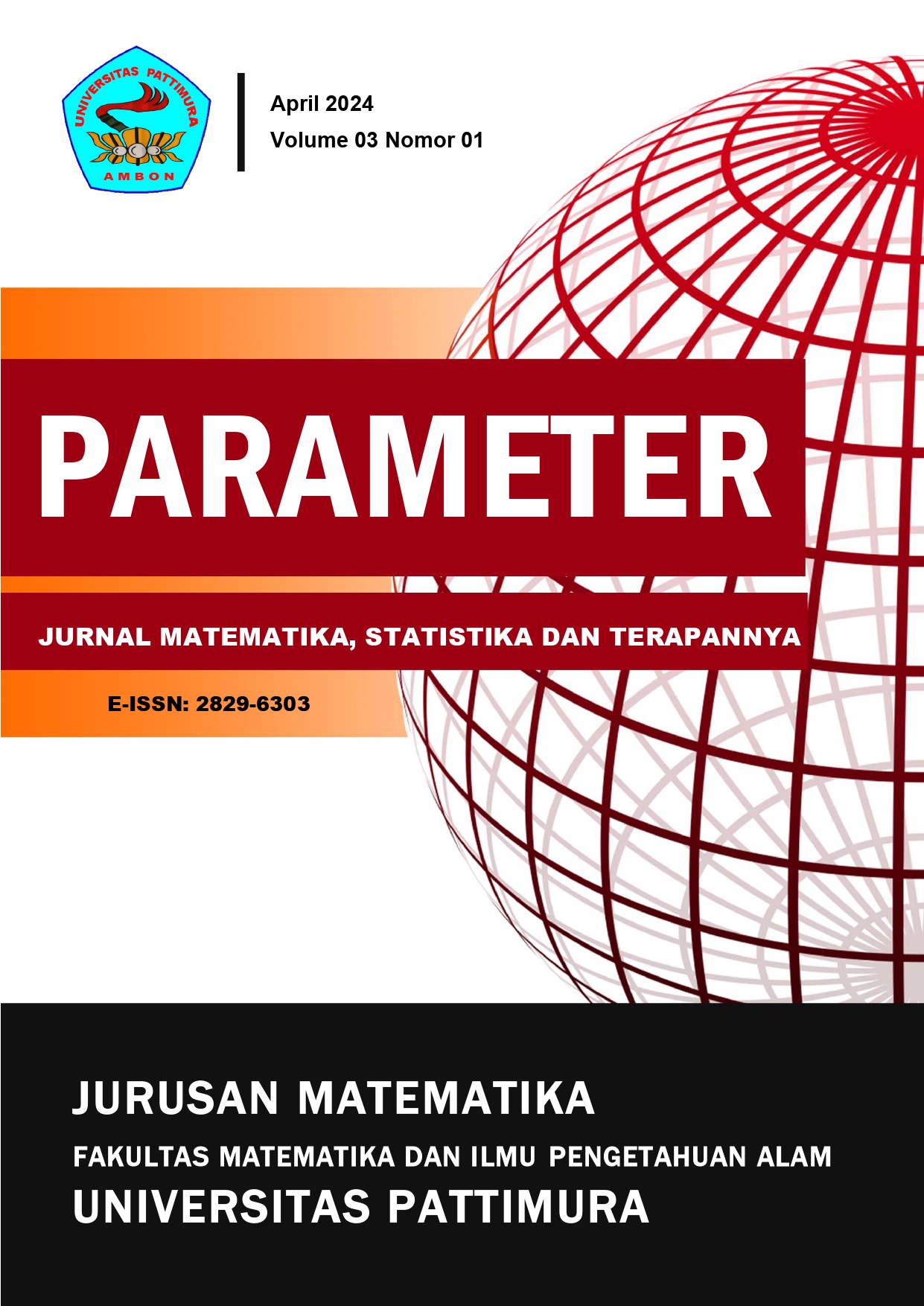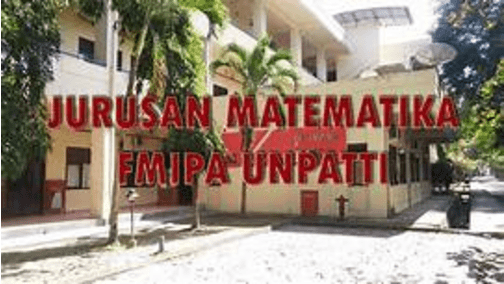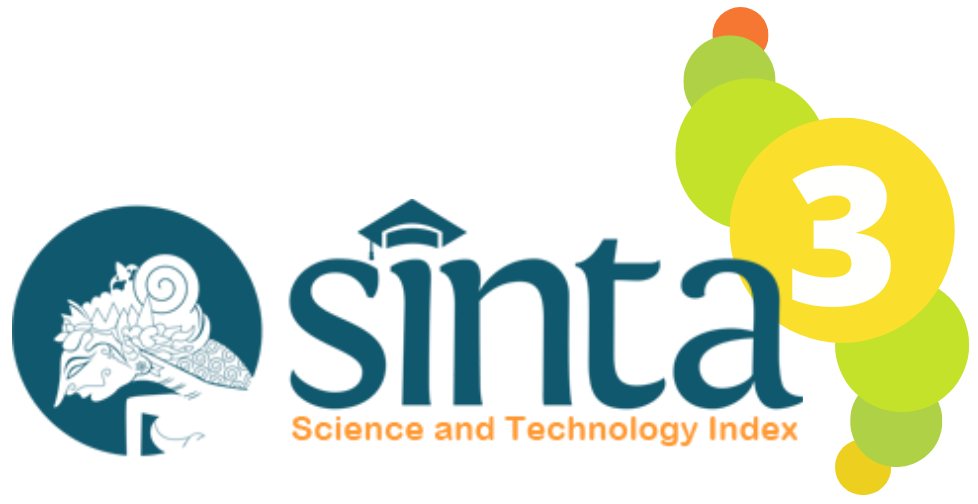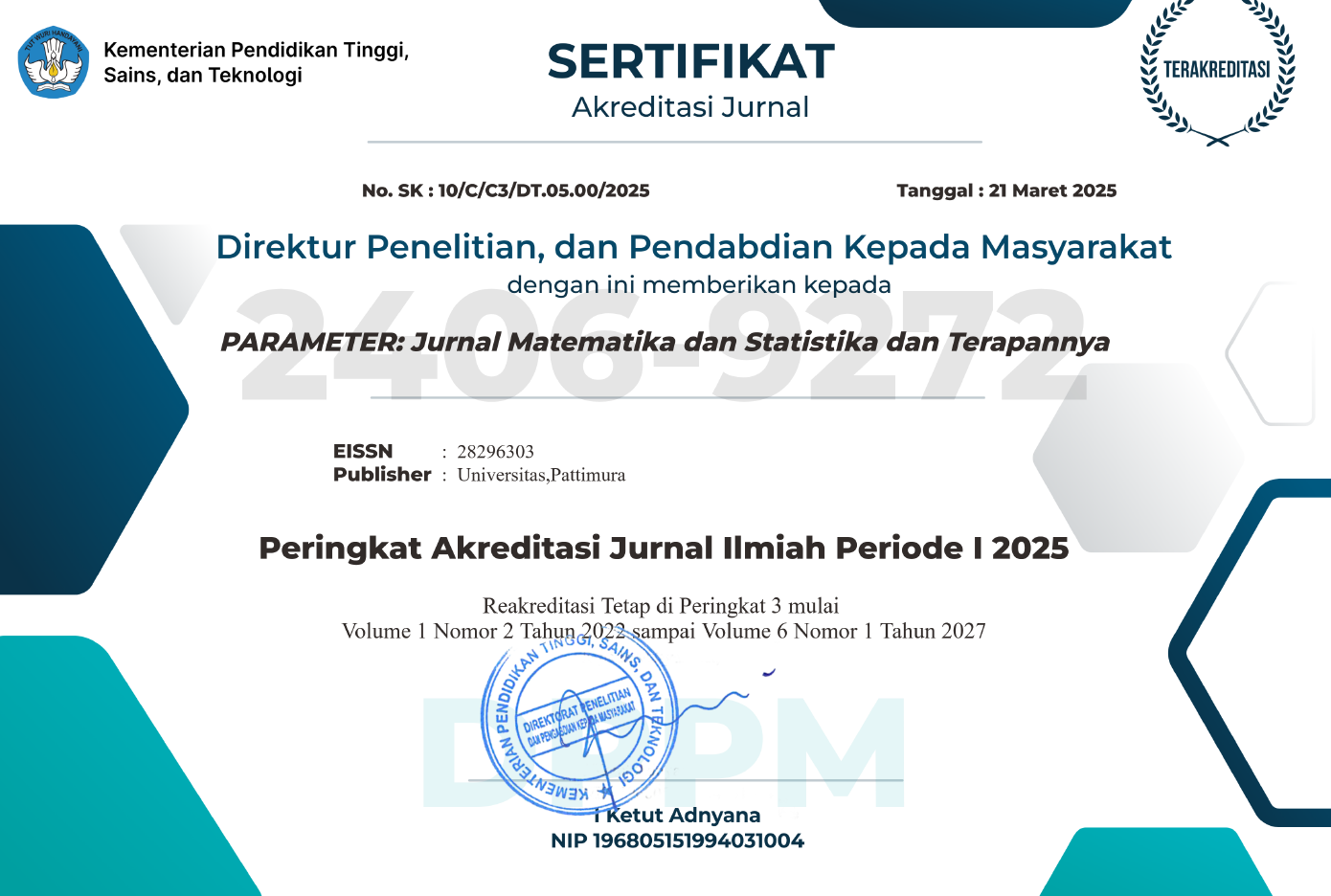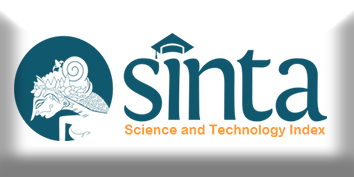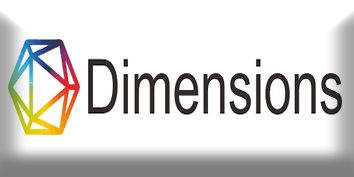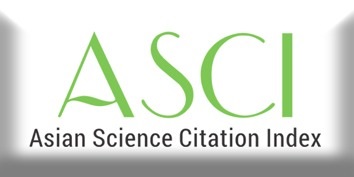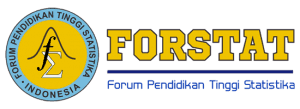PERBANDINGAN METODE DOUBLE EXPONENTIAL SMOOTHING DAN TRIPLE EXPONENTIAL SMOOTHING DALAM MEMPREDIKSI TINGKAT KRIMINALITAS
Abstract
From 2010 to 2022, crime in Indonesia, especially Maluku Province, tends to increase compared to previous years. Considering these problems, a crime rate prediction system is needed so that the Maluku Provincial Police is able to estimate the quantity and type of crime that is likely to occur in the future. One of the prediction methods that has been used for crime prediction is Exponential Smoothing (ES). The Smoothing method is applied to obtain predictions based on time-series data. In this discussion, the author will compare the forecasting methods of Double Exponential Smoothing, and Triple Exponential Smoothing. The Double Exponential Smoothing method is suitable to be used to provide forecasting results when a data has a certain trend pattern. This Triple Exponential Smoothing method is used when there are still dominant expression elements &; seasonal conduite shown in the data. The MAPE value for the Double Exponential Smoothing method is 20.69552 and for the Triple Exponential Smoothing method is 30.48323, it can be said that the MAPE value of the Double Exponential Smoothing method is smaller than the Triple Exponential Smoothing method. So that the Double Exponential Smoothing method is more accurate than the Triple Exponential Smoothing method to predict the crime rate.
Downloads
References
[2] P. Agustina, “Prediksi Tingkat Kriminalitas di Kota Bandung dengan Menggunakan Algoritme Naïve Bayes,” 2019.
[3] E. Chua, “Crime Data Forecasting using Exponential Smoothing,” International Journal of Advanced Trends in Computer Science and Engineering, vol. 9, no. 1.1 S I, pp. 69–75, Feb. 2020, doi: 10.30534/ijatcse/2020/1391.12020.
[4] A. Datumaya et al., “Sistem Prediksi Tingkat Kriminalitas Menggunakan Metode Triple Exponential Smoothing: Studi Kasus Pada Polres Kabupaten Probolinggo,” Jurnal Teknik Informatika, vol. 13, no. 2, pp. 171–178.
[5] A. Datumaya et al., “Sistem Prediksi Tingkat Kriminalitas Menggunakan Metode Triple Exponential Smoothing: Studi Kasus Pada Polres Kabupaten Probolinggo,” Jurnal Teknik Informatika, vol. 13, no. 2, pp. 171–178.
[6] I. M. L. Mertha Jaya, Metode Penelitian Kuantitatif Dan Kualitatif : Teori, Penerapan, Dan Riset Nyata. Yogyakarta: Quadrant, 2020.
[7] W. J. S. Poerwadarminta, Kamus Umum Bahasa Indonesia. Jakarta: Balai Pustaka, 1999.
[8] T. Maulana, “Pengaruh Umur, Pendidikan, Pendapatan Dan Jumlah Tanggungan Keluarga Terhadap Tingkat Kejahatan Pencurian Dengan Pendekatan Ekonomi ( Studi Kasus: Narapidana Di LP Klas 1 Kedungpane Kota Semarang ),” Universitas Diponegoro Semarang, Semarang, 2014.
[9] I. S. Utari, Aliran dan Teori dalam Kriminologi. Yogyakarta: Thafa Media, 2012.
[10] C. D. Kartika, H. Sibyan, and M. F. Asnawi, “Aplikasi Prediksi Persediaan Barang Pada Toko Gudang Acc Wonosobo Dengan Metode Double Exponential Smoothing Berbasis Web,” 2022. [Online]. Available: https://journal.unisnu.ac.id/JISTER/
[11] F. R. Perdana, Daryanto, and H. Wahyu, “Perbandingan Metode Des (Double Exponential Smoothing) Dengan Tes (Triple Exponential Smoothing) Pada Peramalan Penjualan Rokok (Studi Kasus Toko Utama Lumajang),” 2015.
[12] M. Ichsan, “Aplikasi Peramalan Penjualan Menggunakan Metode Triple Exponential Smoothing Pada Cv Gahru.Com Berbasis Android,” 2022.
[13] R. Amalia, Peramalan Pendapatan Pajak Hotel Dan Restoran Menggunakan Metode Triple Exponential Smoothing, Brown’s Double Exponential Smoothing, Serta Fuzzy Time Series (Studi Kasus: Pendapatan Pajak Hotel Dan Restoran Kota Yogyakarta Periode Januari 2016 – April 2021). Yogyakarta: Universitas Islam Indonesia, 2022.
[14] E. Yuliani, “Penerapan Exponential Smoothing Method Dalam Jumlah Angka Perceraian Di Indonesia.,” Medan, 2021.
Copyright (c) 2024 Syaifullah Adam Candio, Arlene Henny Hiariey, Ronald John Djami

This work is licensed under a Creative Commons Attribution-ShareAlike 4.0 International License.

